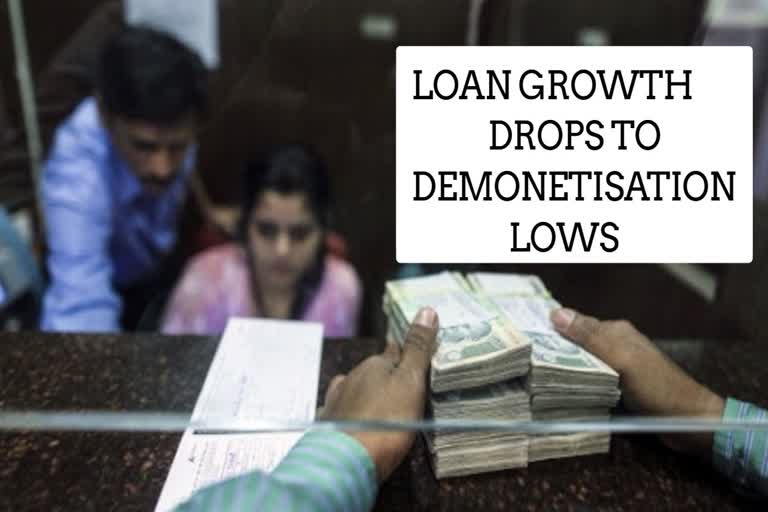New Delhi: Continuing credit crunch with loan growth dropping to demonetisation lows of 6 per cent in the July-September quarter is expected to prolong recovery of economic activity in the country, financial services company Credit Suisse has indicated in a report.
The report, which has tracked the developments in the Indian financial sector, has said that in the July-September quarter, loan growth in India has dropped to demonetisation lows of 6 per cent, as the NBFC lending has pulled back (disbursements -36% YoY) and there is a slowdown also in bank lending (8%).
"Even private banks' loan growth has dropped to 14% from 22% a year ago. PSU loan growth is down to 5% YoY from 8% in 1Q despite the large recap," Crefit Suisse has said in its report.
The numbers given in the report are indicative of the fact that post IL&FS failure and liquidity crisis being faced by other NBFCs including DHFL, lenders have become reluctant to increase their exposure to the NBFC sector. This despite the government trying its best to ease liquidity pressure in the sector through a series of stimulus measures.
"Funding for NBFCs remains constrained. Over the past year, MFs have cut NBFC exposure by 30%. NBFCs tided over this largely through increased sell-downs and higher bank funding (+30% YoY). With most PSU banks' NBFC exposure now at 10-15% of their loan book, headroom for incremental funding is low," the report has said.
The problem for NBFCs doesn't end here. The entities are also facing problems in raising both short term and long term debt. The report has highlighted that debt markets continue to differentiate among NBFCs, with long-term bond funding still available to only a select few.
For short-term paper, the spread on borrowing costs among NBFCs has widened to historic highs of 400 bp+ despite surplus liquidity. Recently, with divergent trends visible even for sell-downs from NBFCs, the funding options for the perceived stressed names have reduced further.
While the NBFC sector continues to face the heat, corporate banks seem to be on track to recovery. In the second quarter of FY20, NPA additions for banks moderated in 2Q as non-corporate (agri/SME) moderated from the seasonal 1Q spike.
"Corporate NPA additions continued to trend down, though banks are still to recognise NBFCs in default as NPAs (0.2-0.5% of loans). Retail asset quality also continues to hold up well at both banks and NBFCs," the report said.
Read more: Reverse gear: Festive season fails to boost auto sales




